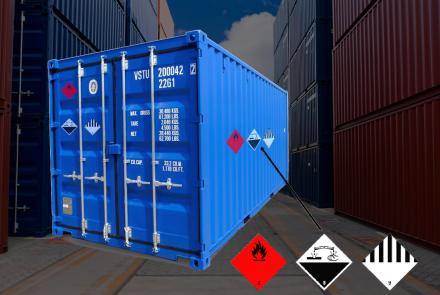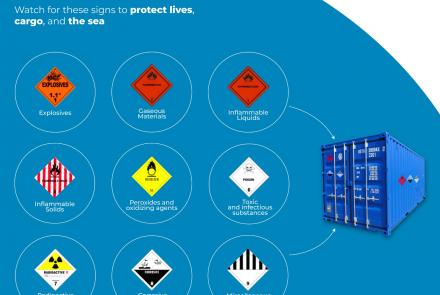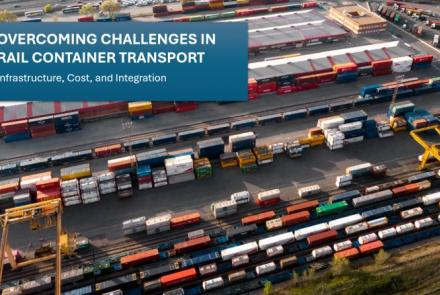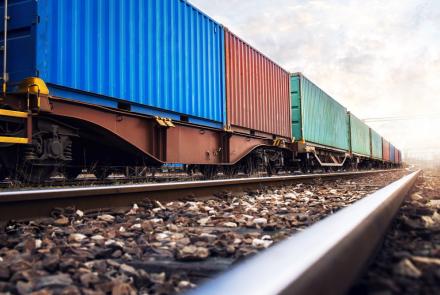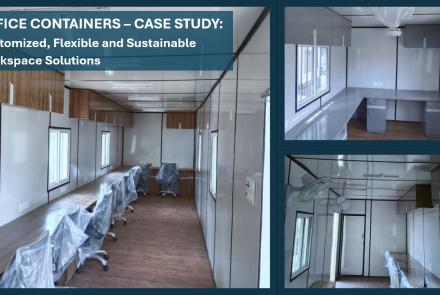HOW ARE SHIPPING CONTAINERS MANUFACTURED, AND WHAT ARE THE STEPS INVOLVED?
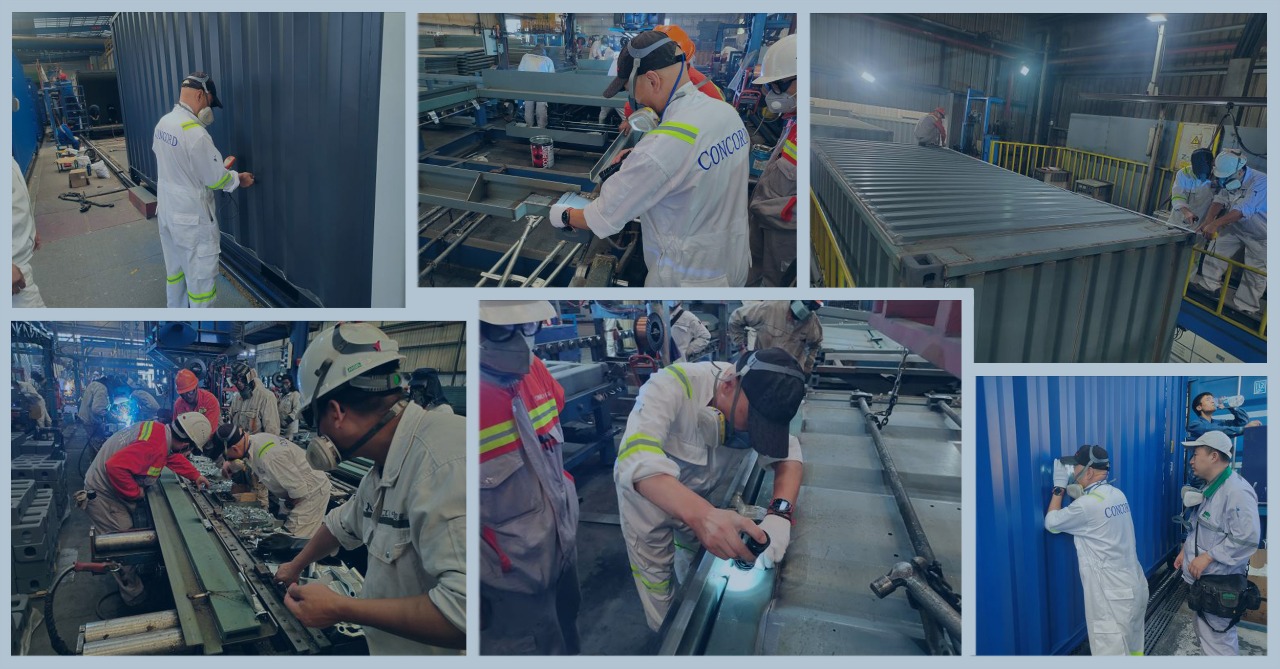
Shipping containers perform a critical role in the global trade & commerce industry. This can be gauged from the fact that ocean carriers are responsible for transporting 90% of the world’s finished goods & raw material, where shipping containers themselves constitute a major portion of this volume. Any disruption in the free movement or availability of containers for trade leaves behind ripple effects in industries dependent on raw materials as well as the consumer goods market. It also impacts various other activities reliant on the shipping industry.
In the early days of containerization, the shipping container industry was concentrated in Japan, Europe, Taiwan, Hong Kong and South Korea. The emergence of China as an industrial power and the world’s manufacturing hub a few decades back meant that the production of shipping containers started shifting base there. China now accounts for 96% of the world’s dry cargo shipping container production.
This leads us to the interesting question about the steps that go into in the manufacturing of such massive steel boxes.
Wall Panels
Construction begins with huge rolls of weathered steel called COR-TEN which are cut into sheets and undergoes surface preparation with sandblasting and priming to remove dirt and contaminants. To add strength to the sheets, they are corrugated in wave-like textures and welded to the tubular frame to form the wall panels.
Floor Frame Assembly
This assembly comprises two long I-beams laid out perpendicular to each other. To create a slab-like base, the smaller I-beams are welded in between the longer I-beams. After the welding, the floor frame is sanded with a flap disc angle grinder to flatten out protruding welding joints.
Doors and Corner Posts
Next comes the assembly of the front and back sides. The doors are also manufactured from corrugated steel cut to size and then encased in a square steel tubing. After the doors are installed on the floor frame, the corner posts, walls and doors are welded in place before the roof panel is assembled and fixed.
Priming and painting
After the final structure attains shape, it is treated with primer and then painted. Priming helps to bind the subsequent layers of paint to the container, providing additional protection from harsh environments. The wooden floor panels are screwed to the steel floor beams and varnished to keep away moisture and prevent pest infestations. Rubber seals are then fixed on the door frame to make the container waterproof.
Decals and identification
It is mandatory for shipping containers to display unique codes to identify all important information about the container. The identification code has 11 alphanumeric characters where each of them signifies a meaning.
Final quality check
The last step in the manufacturing cycle mandates spraying the underside of the container with a waterproof sealant. The container undergoes water sprays to detect leaks. After passing quality control tests, the containers are ready for sale.
To conclude, it is pertinent to mention that China has invested substantially in the highly automated container box manufacturing industry, and they’re today the undisputed leaders in this segment. In the first half of this year, China produced over 3.36 million TEUs which is a fair indication of their grip over the industry. China has a clear advantage over container manufacturing bases located in other countries because the country is also a major manufacturing hub for consumer goods and raw materials. This enables container buyers to sidestep repositioning costs by using newly purchased containers to transport revenue-generating cargo during their first voyage.
High production output with excellent quality, competitive pricing and the right geographical location to circumvent repositioning costs are the chief attributes that make the apt market conditions for shipping containers.
The VS&B Containers group, headquartered in Chennai, gives customers the edge to procure containers from around the globe through their wide network of depots and diverse inventory.
VS&B supplies new containers delivered straight from the factory to a buyer’s location of choice. Their brand new 20’ GP, 20’ GPDD, 20’ HC and 40’ HC containers are getting ready in Shanghai. You can pre-book your containers now!
- Log in to post comments


